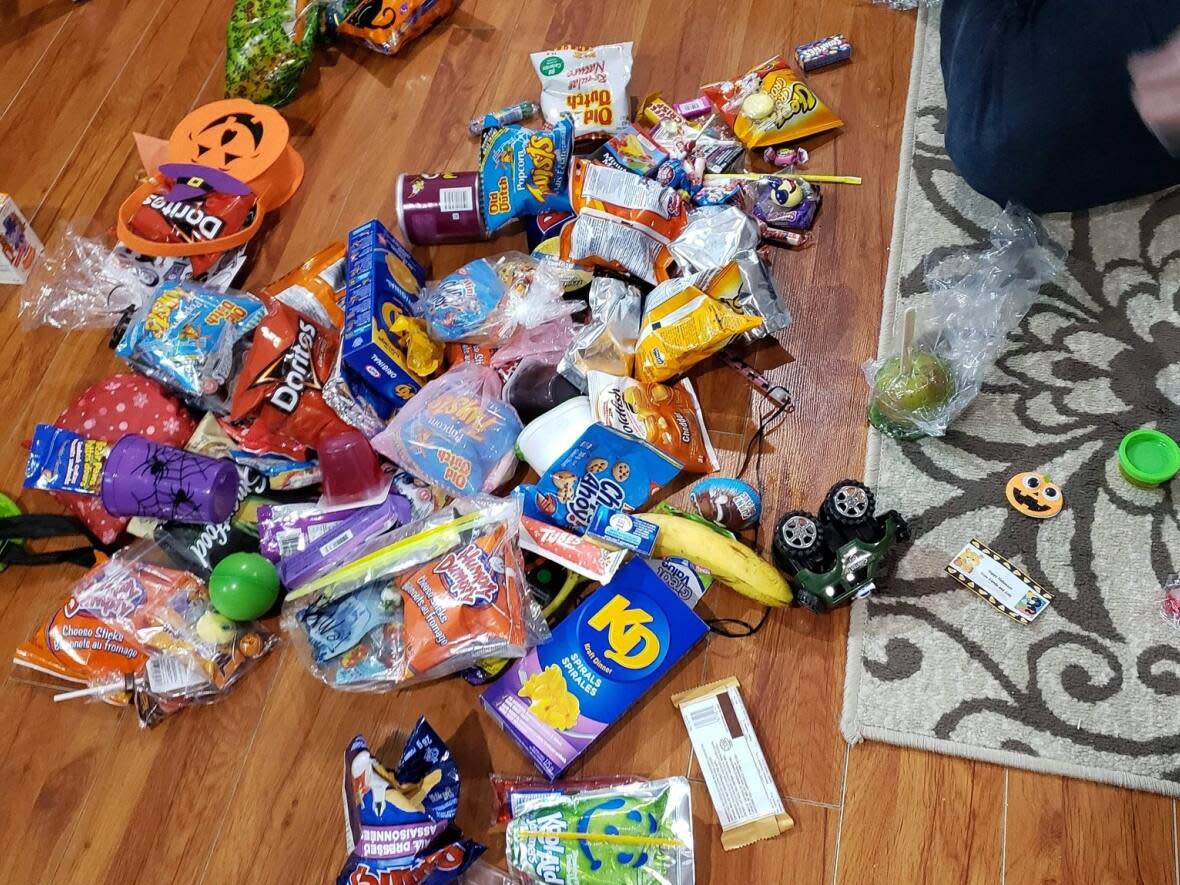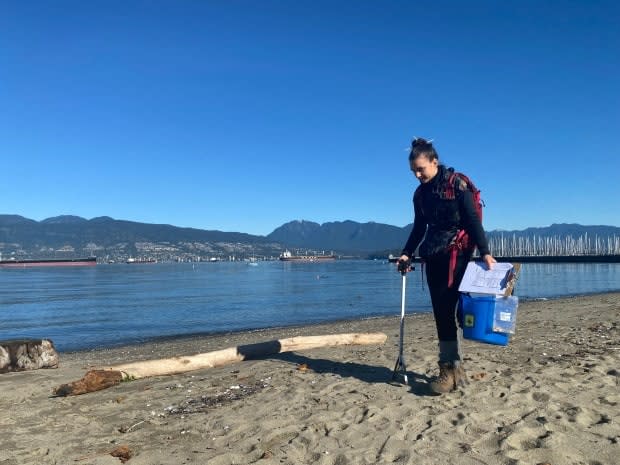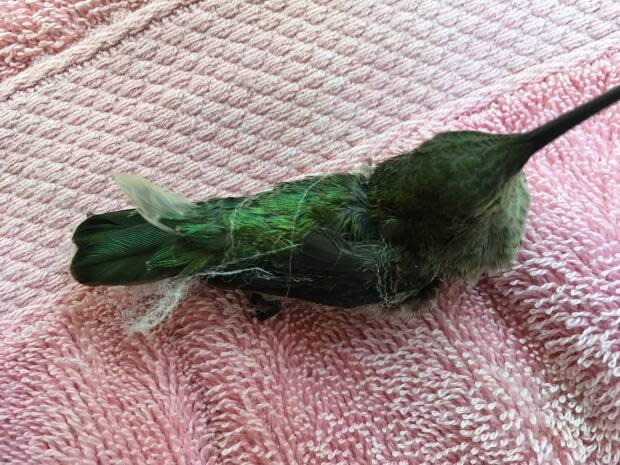Wildlife advocates, environmentalists don't want Halloween garbage to become trick on oceans, animals

Wildlife experts and environmentalists are asking trick or treaters this Halloween to make sure waste from candies end up in the right place and decorations don't cause a threat to animals.
Leah Bendell, a professor in marine ecotoxicology at Simon Fraser University says most treats are wrapped in single-use plastic, which can end up as ocean pollution if not properly disposed of.
"The reality is those little plastics get out into the environment and they're not recyclable," she said.
The International Union for Conservation of Nature (IUCN) says seven million tonnes of plastic enter the world's oceans each and every year.
Studies of the Pacific Ocean have found microscopic bits of plastic in water samples collected over thousands of square kilometres. Bits of plastic have also been found in fish, squid, shrimp and in B.C., oysters meant for human consumption.
Plastic pollution in the ocean is a concern for 29-year-old Yasmin Schepens, who is a volunteer with Vancouver's Ocean Wise conservation organization.
She and other volunteers will be spending their Halloween weekend, picking up garbage along the city's shorelines.
"Everyday, there's containers full of plastics that end up in the ocean. It's sad that we, as human beings, are so unconscious about our behaviours."

And while this is a fun time of year, Schepens says plastic pollution is a serious problem.
"I find a lot of cigarette butts, pieces of foam, all kind of plastics like food wrappers and zip lock bags and even confetti sometimes. Tiny materials that are harmful to wildlife in and outside of the ocean."
Danger of fake spider webs
Meanwhile, wildlife experts are also asking residents to consider how Halloween decorations could affect animals, especially birds.
Ann Nightingale with the Rocky Point Bird Observatory said things like fake spider webs can entangle birds and insects and cause them harm.
"They act a lot like sticky traps and as a result, inadvertently people can kill things that are actually quite important to them," she said.

Nightingale says she has seen cases of owls, hummingbirds and even bats getting caught up in the popular Halloween decor.
"A bird will survive quite a while, trapped in that kind of spider web. It's not a humane death. The bird will starve or get hypothermic or be there for a predator."
Advocates for animals and people concerned about waste want people to enjoy Halloween, but to consider how to participate in its traditions without negatively affecting the natural world around them.


